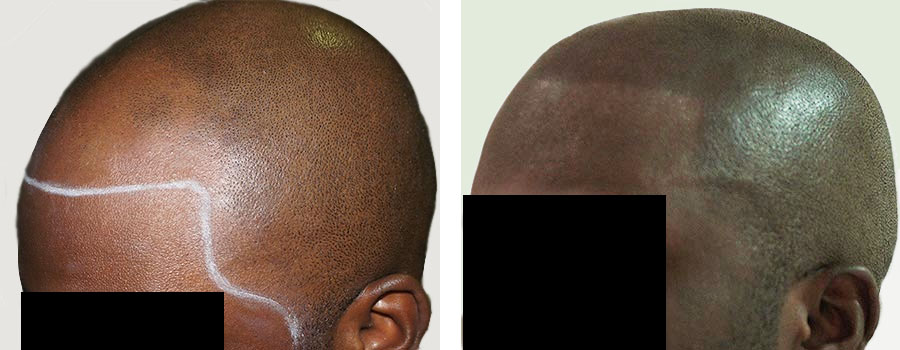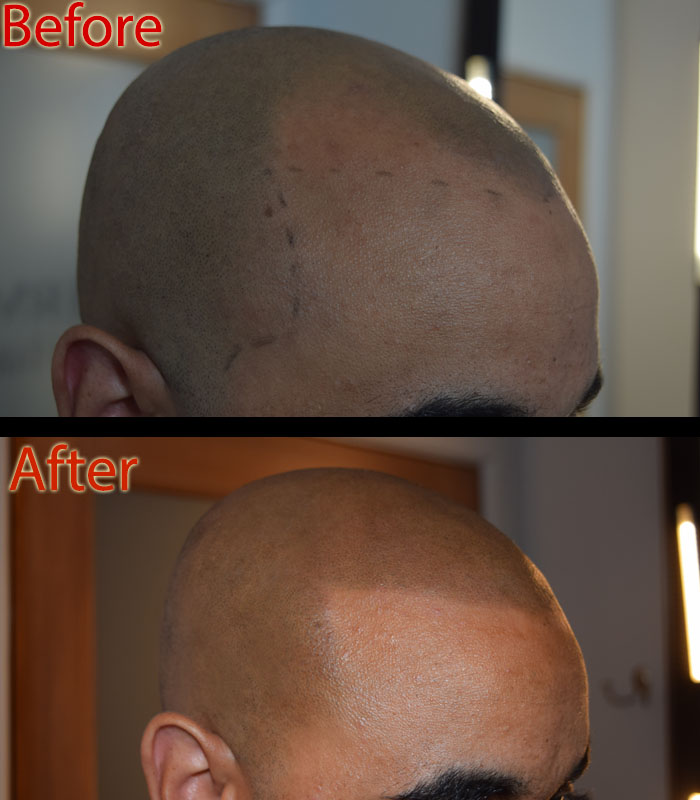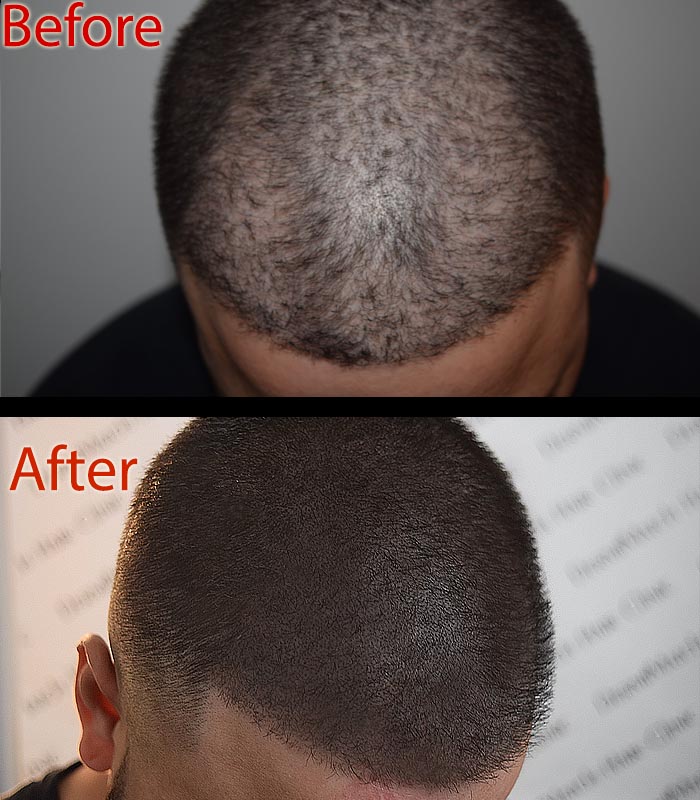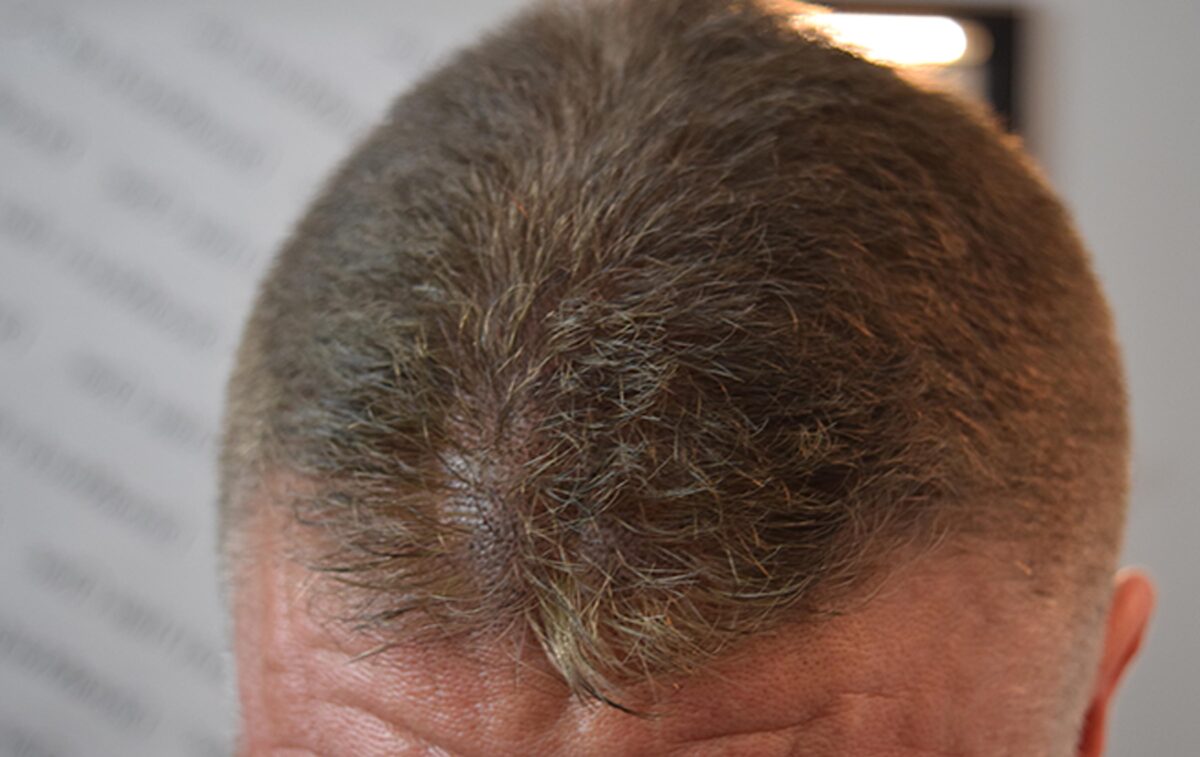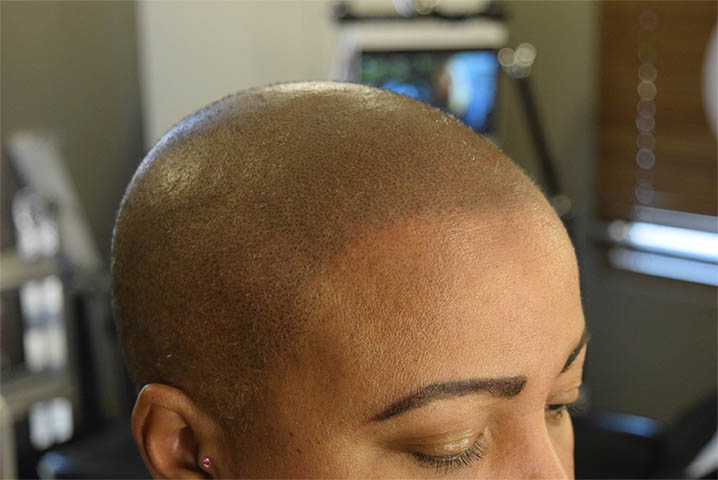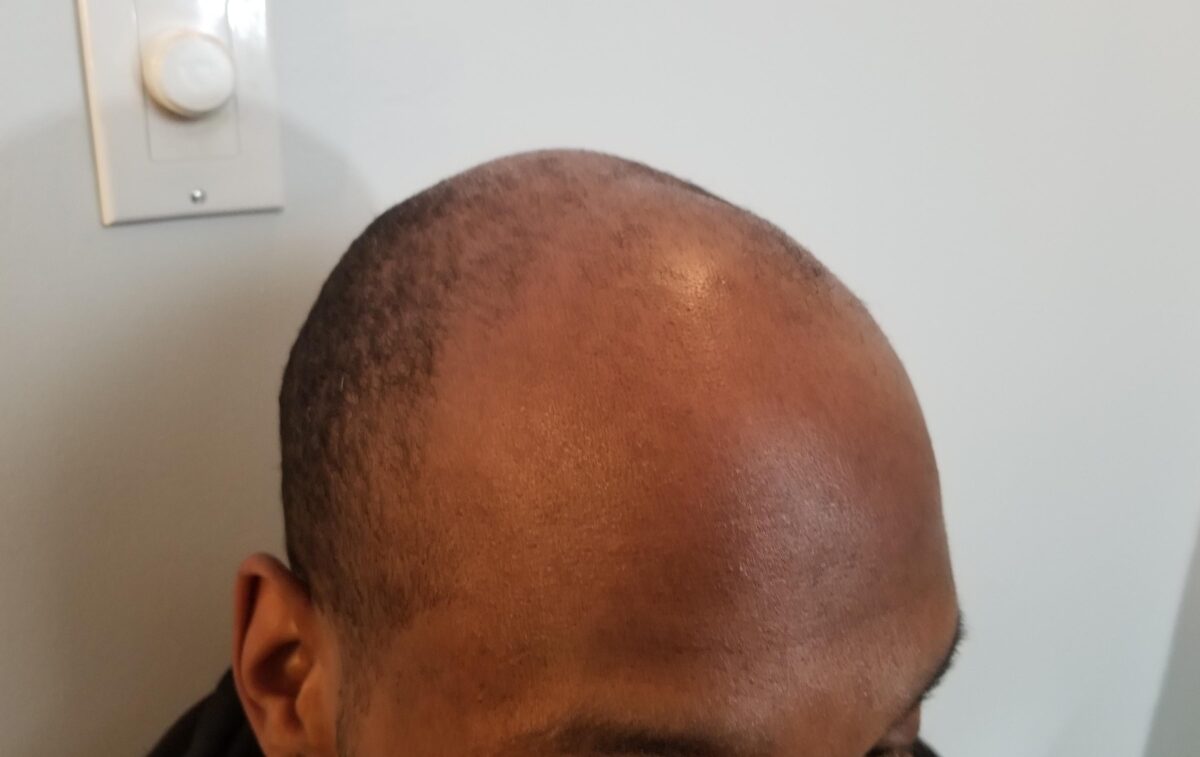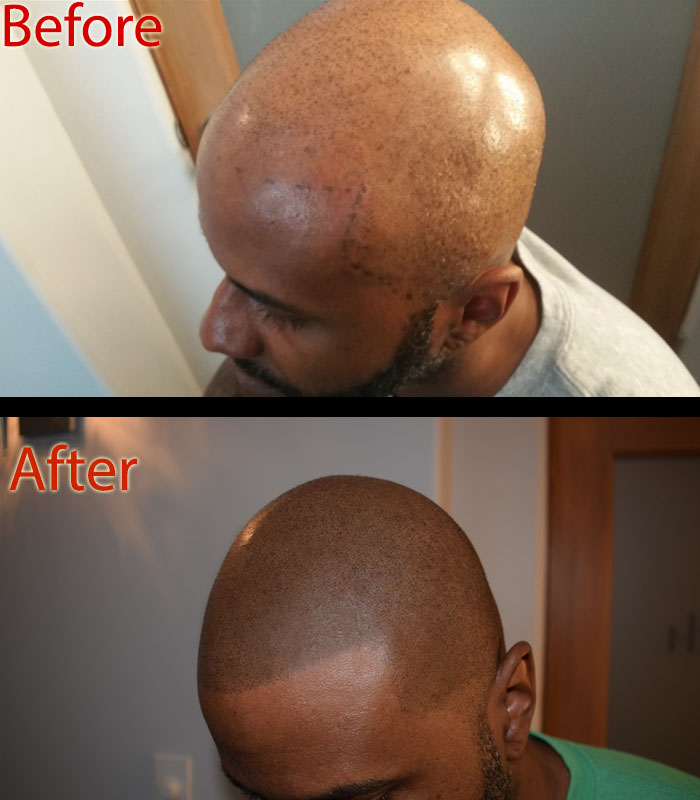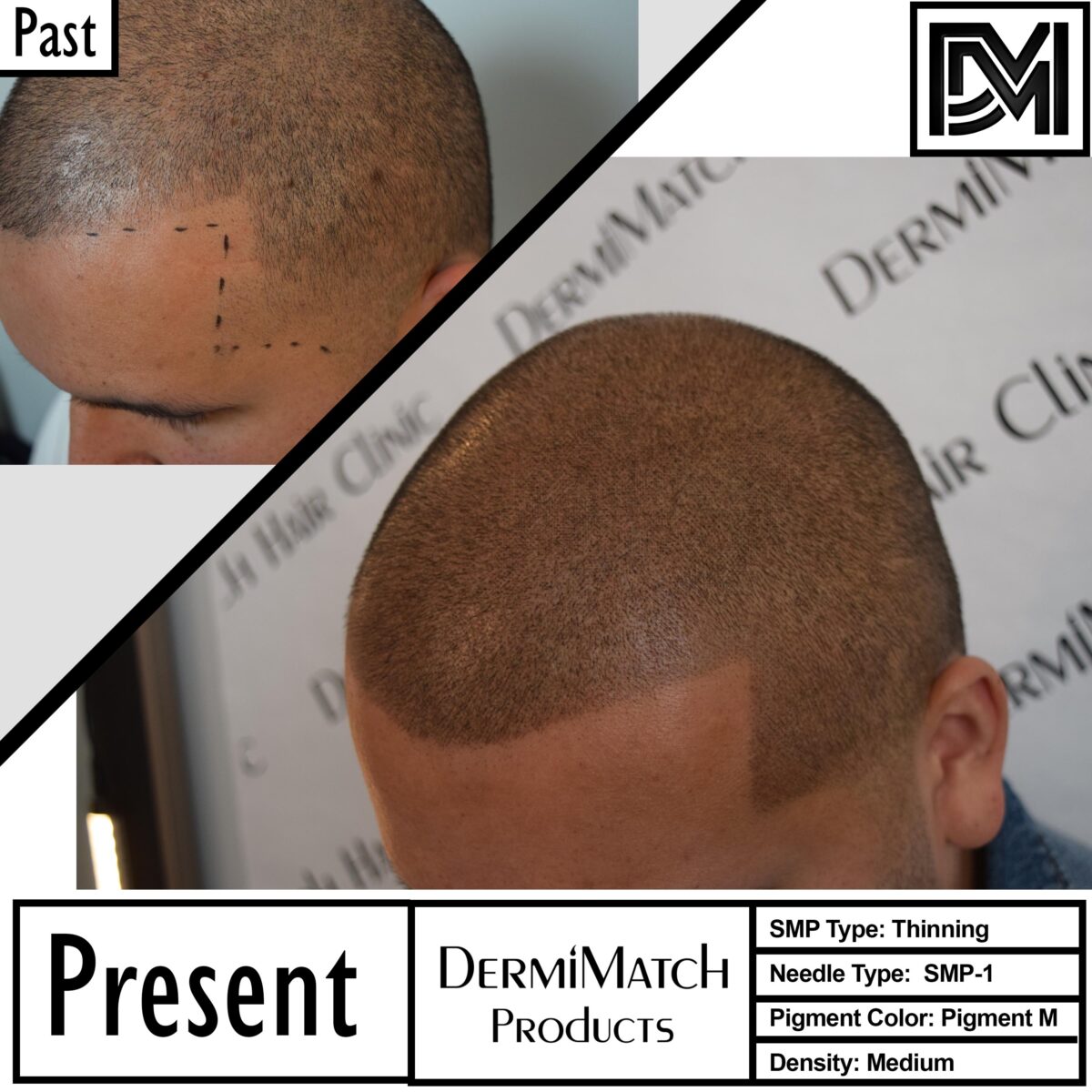If hair loss is a major concern for you, you may want to explore SMP benefits. Scalp micropigmentation promises to be a savior for those with thinning hair, receding hairline, and pattern baldness. SMP does offer hope for a youthful look. That’s exactly what you want, right? Let’s see how SMP can help your hair loss woes. But before that let’s explore the causes of hair loss.
SMP Benefits and Hair Loss Causes
True, nothing is worse than a bad hair day. Hair loss hurts deep within. It can be an emotionally draining condition that you want to get rid of quickly. But that’s not possible all the time, especially if you are looking for a cure. Sometimes your hereditary and genetic factors play a part. Often hair loss is blamed on hormonal disturbances. Insufficient vitamins and nourishment may also be a cause of hair loss in some cases. Some people suffer from excessive hair shedding due to a medicine interaction or allergic reaction. People undergoing chemotherapy may also lose all of their hair during the treatment. The hair regrows after a couple of months of the treatment. But full hair growth takes a long time, though it does happen.
Unless your hair loss is triggered by a factor that you weed out or address, it is not possible to overcome hair fall. Luckily, for such men and women who cannot overcome hair loss despite lifestyle adjustments, the best way out is to get help.
Unlike the olden days when an invasive hair transplant was the only hope for people with hair loss, there is a safe and non-invasive solution out there. Known as SMP, the cosmetic treatment uses tiny micro-needles to deposit ink into the scalp. With scalp micropigmentation treatment, the aim of the SMP practitioner is to create the look of a full head of hair.
Are SMP Benefits Real?
One of the main benefits of scalp micropigmentation is that it is permanent and non-invasive. People with hair loss, thinning, pattern baldness, and receding hairline find SMP as the best alternative to expensive hair loss treatments that may or may not work. Besides, it can camouflage bald spots, receding hairline, and thinning areas, thus creating the illusion of a fuller head of hair. Men love the look of a freshly shaved head that SMP creates for them.
Above all, SMP benefits extend to its being a safe and secure procedure. Apart from this, it is economical and creates a youthful look. When you hire the most experienced and skilled SMP technician in Phoenix, they can create the best results.
How to find the best Phoenix SMP artist
When it comes to scalp micropigmentation, look for only the right SMP practitioner, who has the skills, resources, and experience to deliver desired results. Explore their background to find out if they have experience handling the type of hair loss you are experiencing. Can they show you before and after pics to validate their claim? Do they enjoy a good reputation among SMP clients?
Your search for the best Phoenix scalp artist ends at DermiMatch Clinic. They have a team of SMP experts, who deliver as expected. Get in touch with them to maximize SMP benefits.

